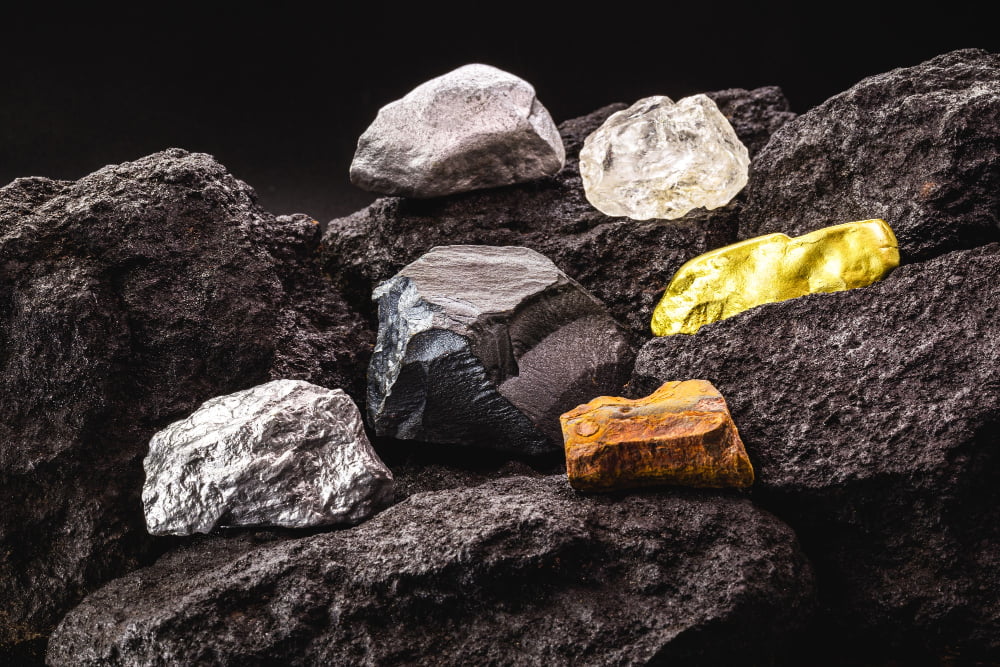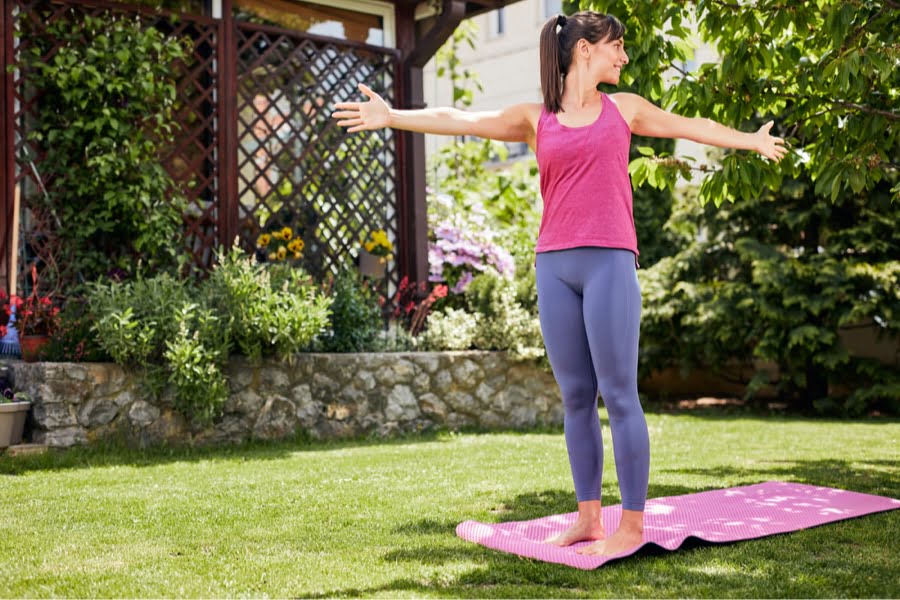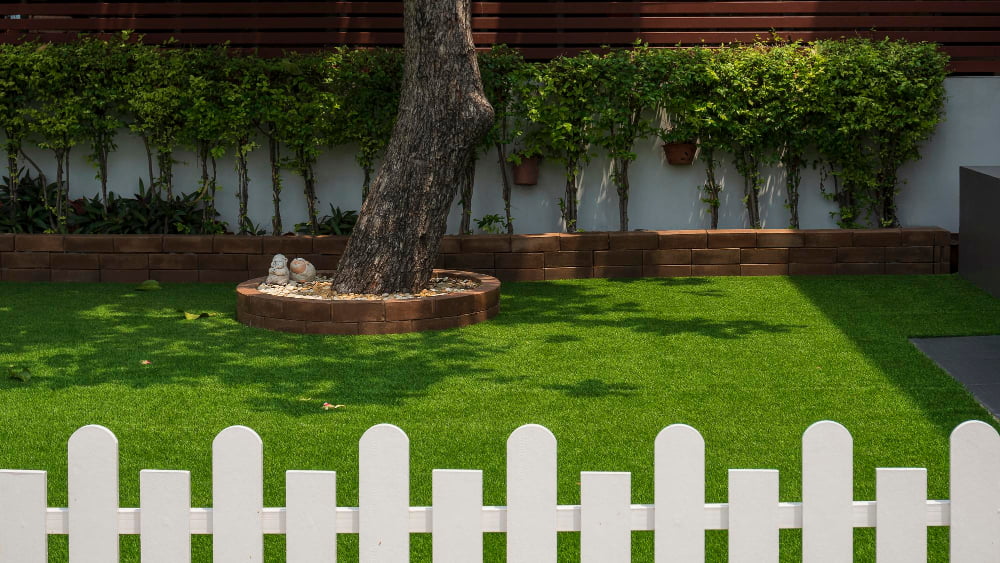Incorporating art and sculptures into a landscaping design can be done by selecting pieces that complement the existing elements of your outdoor space.
Consider the colors, textures, and shapes of your existing plants and choose pieces to create visual harmony. Place sculptures in areas where they will be easily visible to create an attractive focal point within the landscape.
Incorporating art and sculptures into your landscape can add a unique touch to your outdoor space and create an inviting atmosphere. In this blog, we’ll discuss how to use art and sculptures in landscaping design, from choosing the right pieces to planning their placement.
With the right approach, you can create a stunning landscape that reflects your style.
Choosing the Right Art and Sculptures
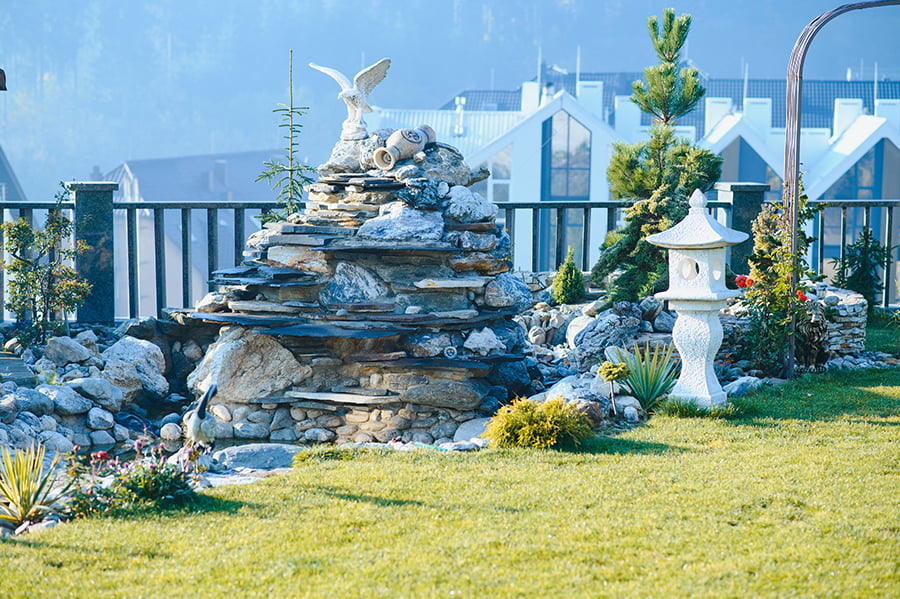
It can be a daunting task, as there are so many options to choose from. When selecting art and sculptures for your landscape design, it is important to consider the overall aesthetic of your yard.
Think about what kind of look you want to achieve with your landscaping design – do you want something modern or traditional? Do you prefer abstract pieces or more realistic ones? consider how the size and shape of the sculpture will fit into the space available in your yard. You should also think about how much maintenance each piece requires; some may need regular cleaning or protection from weather elements such as rain and snow.
Make sure that any artwork or sculpture you select complements other elements in your landscape design such as plants, trees, pathways, etc., creating a cohesive look that ties everything together.
Considering Size and Scale
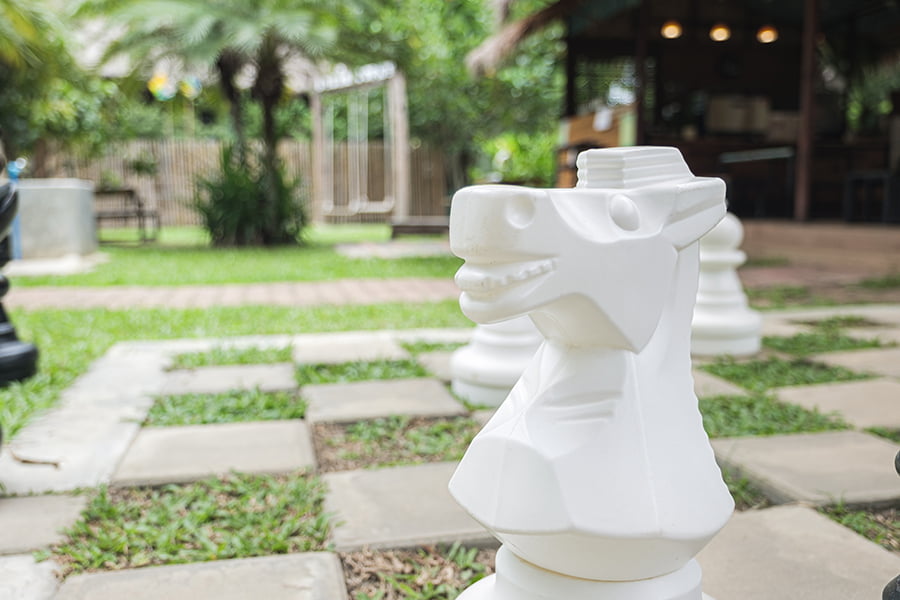
The size of the sculpture or artwork should be proportional to the space it will occupy in order to create a balanced, aesthetically pleasing look. If the piece is too large for its surroundings, it can appear overwhelming and out of place.
On the other hand, if it is too small for its environment, it may not make enough of an impact or be noticed at all. When selecting pieces for outdoor spaces, they should be made from materials that are designed to withstand weather conditions such as rain and sun exposure.
Selecting Materials That Will Withstand Outdoor Elements
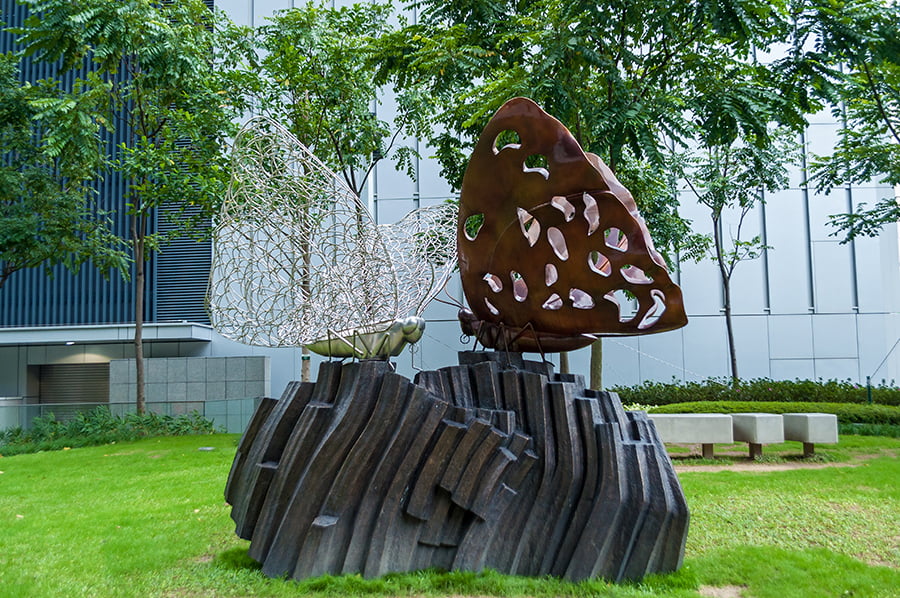
This means choosing materials that are durable and able to resist damage from rain, wind, snow, sun exposure, and other environmental factors. Commonly used materials for outdoor sculptures include stone, metal (such as bronze or stainless steel), concrete, ceramic tile or glass mosaic tiles.
Each material has its own advantages and disadvantages when it comes to weather resistance; for example stone is very durable but can be heavy while metal may be lightweight but can corrode over time in certain climates. It is important to research the best material for your particular climate before making a selection.
Placement of Artwork in Relation to Other Landscaping Features
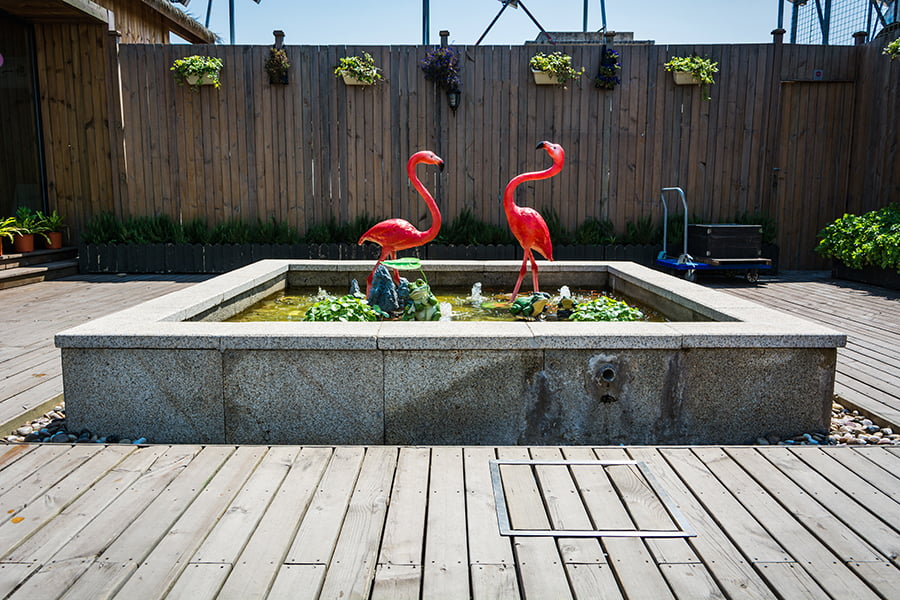
Placement can have a significant impact on how the artwork is viewed and experienced. It should be placed in an area that will draw attention and create visual interest, while also complementing other elements of the landscape.
For example, if there are trees or shrubs nearby, placing a sculpture near them can help create balance and harmony between natural elements and man-made objects. When selecting a location for artwork or sculptures, it is important to consider how much sunlight they will receive throughout the day as this could affect their appearance over time.
When deciding where to place art or sculptures in your landscaping design, think about how you want people to experience them – do you want them to be seen from afar or up close? By considering these factors carefully when planning your landscaping design with art and sculptures included, you can ensure that they are placed in an optimal spot for maximum enjoyment!
Incorporating Lighting to Highlight Artwork At Night

Lighting can be used to create dramatic shadows, draw attention to certain features, or simply provide illumination for safety. There are many different types of lighting available that can be used in a variety of ways to bring out the beauty of art and sculptures in the landscape.
Spotlights are often used to direct light onto specific pieces, while flood lights may be used for larger areas or multiple pieces. Uplighting is also popular as it casts light up from below which creates interesting shadows and highlights details on the sculpture or artwork.
String lights or lanterns may be hung around trees or other structures in order to provide ambient lighting that adds atmosphere and ambiance without being too bright.
Researching Local Ordinances Regarding Public Art Displays

It is necessary to understand the regulations that govern the display of artwork in public spaces, such as parks or other outdoor areas. This research can help ensure that any artwork or sculpture placed in a landscaping design meets all applicable laws and regulations.
Local ordinances may include restrictions on size, type, placement, and duration of display for public artworks. Some cities may require permits for certain types of displays or have specific requirements for displaying artwork outdoors.
Understanding these rules can help ensure that any artwork added to a landscaping design complies with local laws and regulations.


